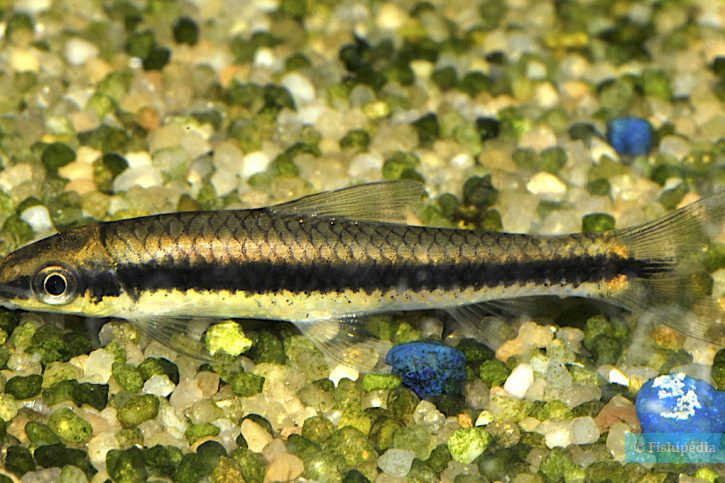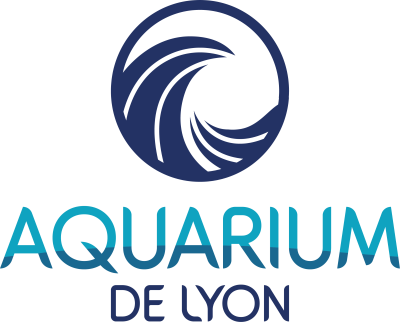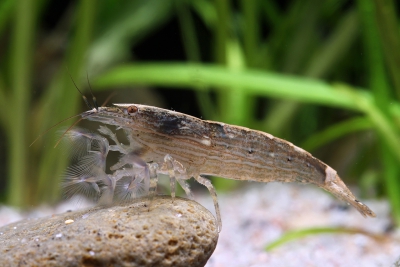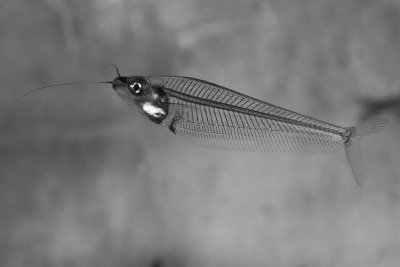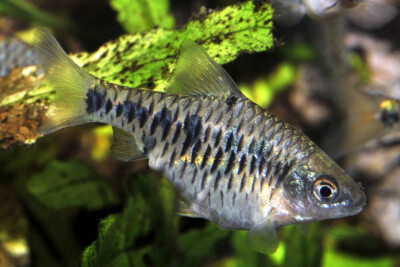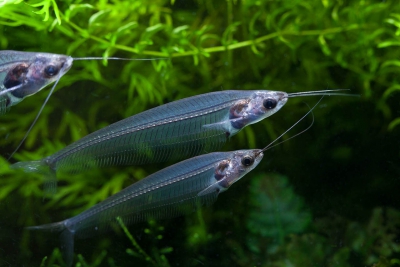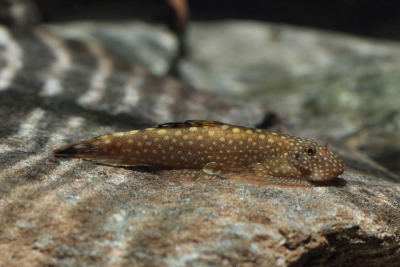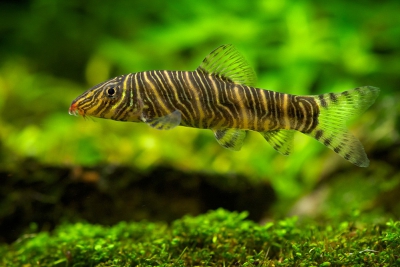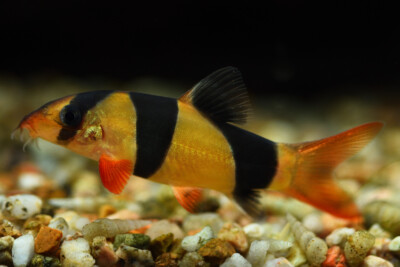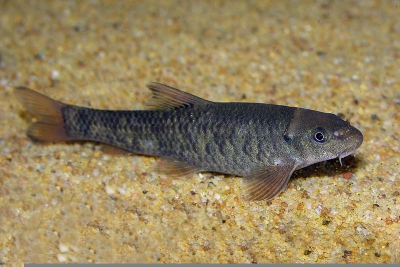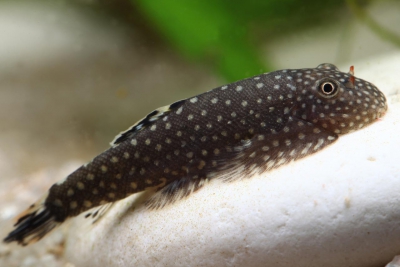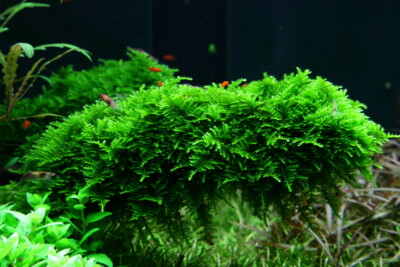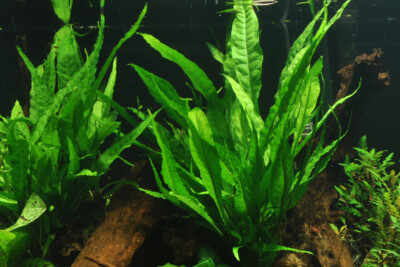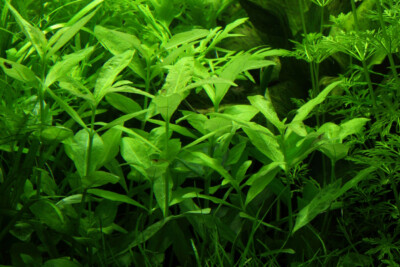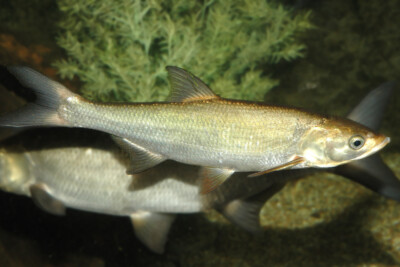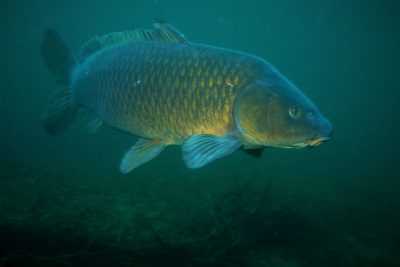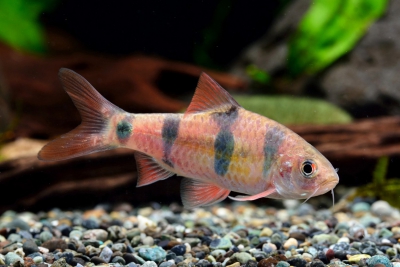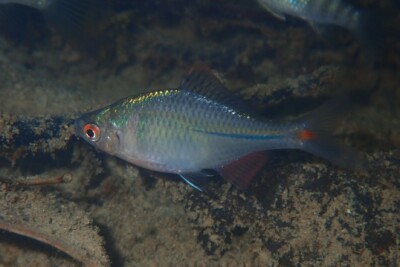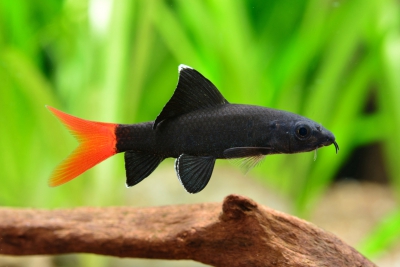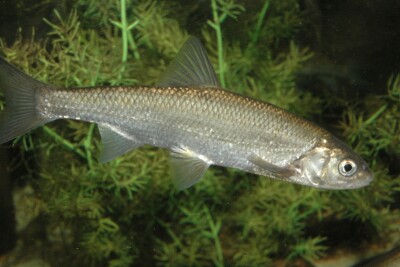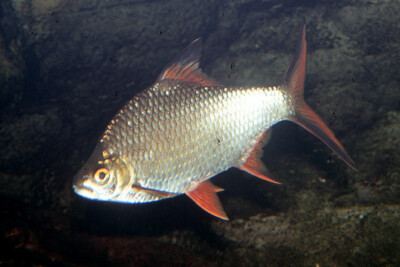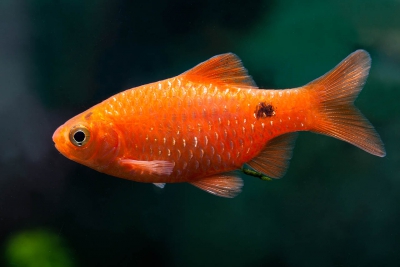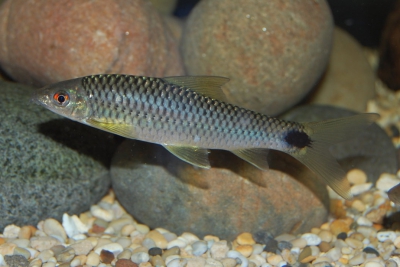siamese algae-eater
| Family | Cyprinidae |
|---|---|
| Genus | Crossocheilus |
| IUCN category (World) | LC |
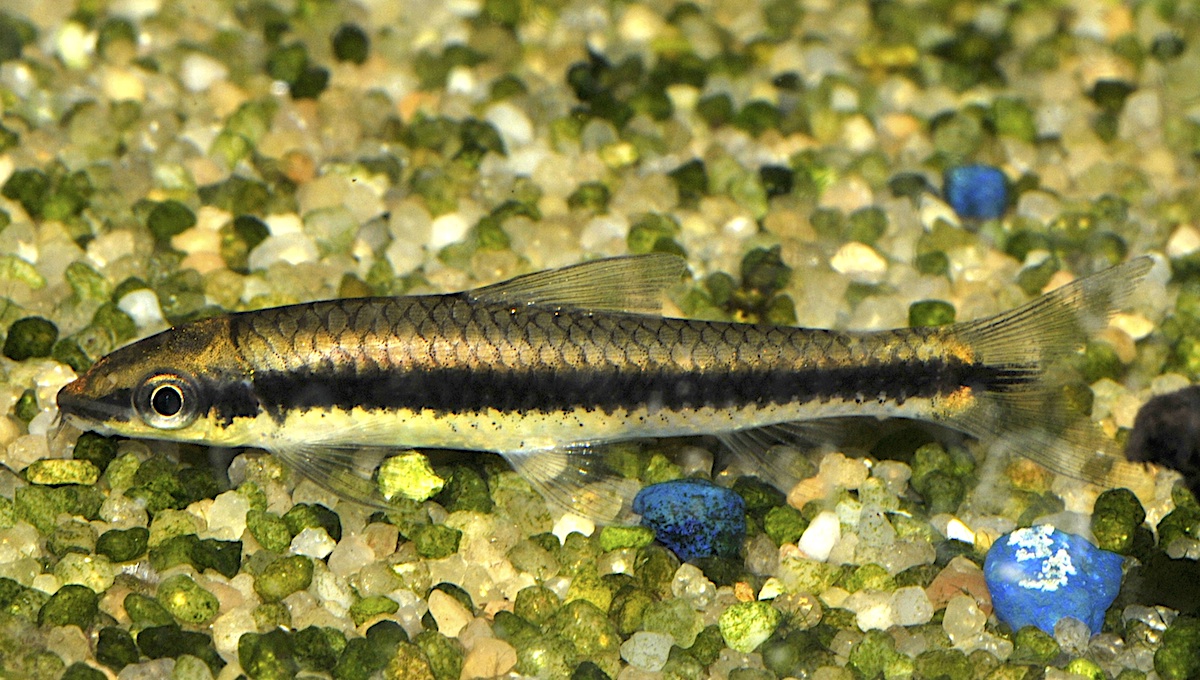

Introduction
Crossocheilus oblongus, commonly known as siamese algae-eater, is a fresh water fish from the Asia.
This sheet is currently being prepared. The texts currently proposed come from our data model or are being drafted. To request priority for this content, you can write to us HERE.
Who is it?
Morphology
-
Type
-
Average size14 cm
-
Maximum size16 cm
-
Longevity5 year
-
Mimicryplants
-
Patternhorizontal stripes
-
Type
-
Average size14 cm
-
Maximum size16 cm
-
Longevity5 year
-
Mimicryplants
-
Patternhorizontal stripes
How to recognize This fish ?
The siamese algae-eater measures between 14 and 16 cm. This fish is bicolore with a predominantly vert, argent and marron body. The also has noir horizontal stripes.
Sexual dimorphism
The females have a more rounded abdomen than the males, they are generally stockier. This characteristic is exacerbated in the period of reproduction.
Behaviour & Life cycle
-
dietherbivorous
-
Sociabilitygregarious
-
territorialNo
-
Way of livingdiurnal
The siamese algae-eater is a fish gregarious naturally found on the bottom. This species is herbivorous .
Although the siamese algae-eater is non-territorial, it is sometimes aggressive towards other species. It also shows signs of aggression towards its conspecifics.
Reproduction
-
Reproductionovipare
-
Migratory speciesYes
The siamese algae-eater is a fish ovipare.
Harmless species
This species does not represent any particular threats to humans when encountered in its natural environment.
Origin and distribution
What is its habitat?
Natural environment characteristics
-
Temperature24 - 26 °C
-
pH (acidity)6 - 7.5
-
gh (hardness)2 - 12
-
FlowStrong
Biotope presentation
The siamese algae-eater is most often found at a depth between 0m and 2m. However, it is not impossible to find this species at other depths.
The siamese algae-eater prefers well oxygenated waters in current areas and rapids. It frequents fast flowing waters where the bottom is strewn with pebbles, wood or leaves carried by the current. It can be found not far from waterfalls .
Species of the same biotope
Main recommendations for fishkeeping
Deontology
In order to preserve wildlife, if you acquire this animal, it must not be released into the wild. See also, the Fishipedia charter.
Fishipedia supports the practice of responsible and environmentally friendly aquarium keeping. We encourage maintenance if it is motivated by a desire to understand the biological functioning of living things and if it is done with respect for animal life.
We believe that aquaristics is an opening to the discovery of aquatic environments, especially freshwater, and that this knowledge is necessary to better protect and respect these environments. Logically, we refute the compulsive purchase of animals that would not find a sufficient and / or adapted place in the host aquarium.
Our recommendations
-
Min volume200 liters
-
Population min4
-
Temperature24 - 26 °C
-
pH (acidity)6.8 - 7.2
Characteristics
-
Difficulty breedinghard
-
Robustnessrobust
-
Behaviourslightly aggressive
-
Availabilitystandard
Recommended equipment from our partners
-
Aquarium
-
Filtration
Cohabitation & Environment
Being a gregarious fish, it is advisable to install at least 4 individuals in an aquarium of 200 liters minimum. Group maintenance is a prerequisite to ensure their well-being. Lonely individuals tend to quickly become stressed and become especially susceptible to disease. Warning, mixing several species living in the same living area is not recommended if the volume is not significant. The siamese algae-eater needs a large living space, therefore it is advisable to keep it in an aquarium with a frontage of at least 100 cm.
As previously said, The siamese algae-eater is a species that lives naturally in the current. Thus, we advise the installation of an oversized filtration system (10 to 20 times the volume of the tank) in order to guarantee a strong current and especially a strong oxygenation. A venturi system will improve the dissolved oxygen rate during summer.
Tips for feeding
The siamese algae-eater is herbivorous.
Feed animals in moderation to maintain good water quality. Meals should be eaten within 2–3 minutes, served in several small portions rather than a single large ration.
Uneaten food quickly decomposes, releasing ammonia, nitrites, and nitrates, which disturb the aquarium’s biological balance.
Make sure each species can access food properly, slower or bottom-dwelling individuals may require targeted feeding.Food recommendations from our partner JBL - Products PRONOVO
-
Granules
-
Flakes
Reproduction protocol
-
Maintenance difficultyvery hard
-
egg-laying protectionNo
Hybridization risks
In general, it is advised not to mix several species of the same genus or different varieties of the same species, to avoid the risks of hybridization.
These animals might interest you
These plants might interest you
Plants play a crucial role in aquariums, both for their ability to filter water by absorbing excess nutrients and for their aesthetic contribution. They provide fish with natural hiding places, can serve as breeding sites, and generally help maintain the overall balance and optimal conditions of the aquarium. The selection presented here includes species from the same regions as the species described on this page, although they do not necessarily come from its exact natural biotope.
To go further
Sources & Contributions
Participation & Validation
The Fishipedia team and specialist contributors are committed to providing high-quality content. However, although the information comes from scientific sources or testimonials from specialists, the cards may contain inaccuracies.

Adrien Falzon
Translation
Translation done with the valuable contribution of our translators, who make this information available to a wider audience. We sincerely thank them for their commitment.
Bibliographic references
- - GBIF
- - A REVIEW OF THE CHINESE SPECIES OF CROSSOCHEILUS, WITH DESCRIPTION OF A NEW SPECIES (OSTARIOPHYSI: CYPRINIDAE) - Su Rui-Feng - Yang Jun-Xing - Chen Yin-Rui - THE RAFFLES BULLETIN OF ZOOLOGY - 2000. © National University of Singapore
- - CROSSOCHEILUS ELEGANS, A NEW SPECIES OF FISH FROM NORTHERN BORNEO (TELEOSTEI: CYPRINIDAE) - Maurice Kottelat - Tan Heok Hui - THE RAFFLES BULLETIN OF ZOOLOGY - 2011.
Scientific partners
Species of the same family
Same genus
Species of the same biotope
